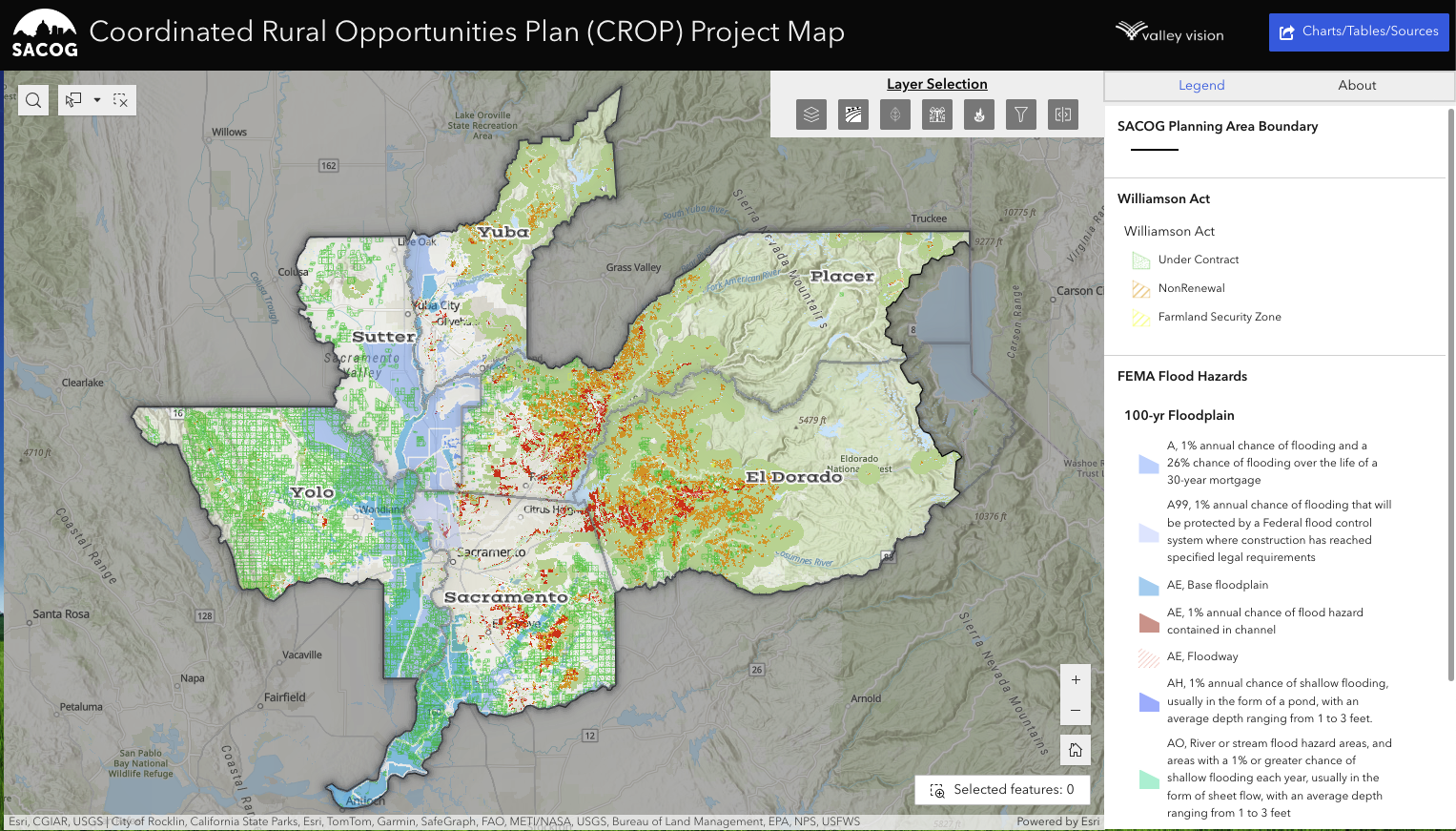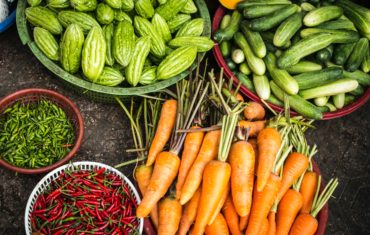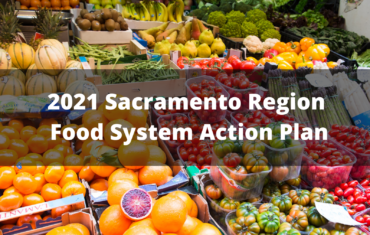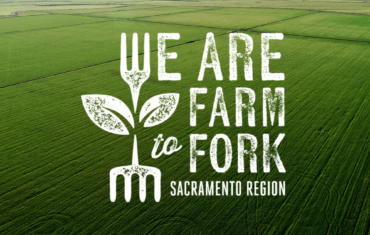Coordinated Rural Opportunity Plan

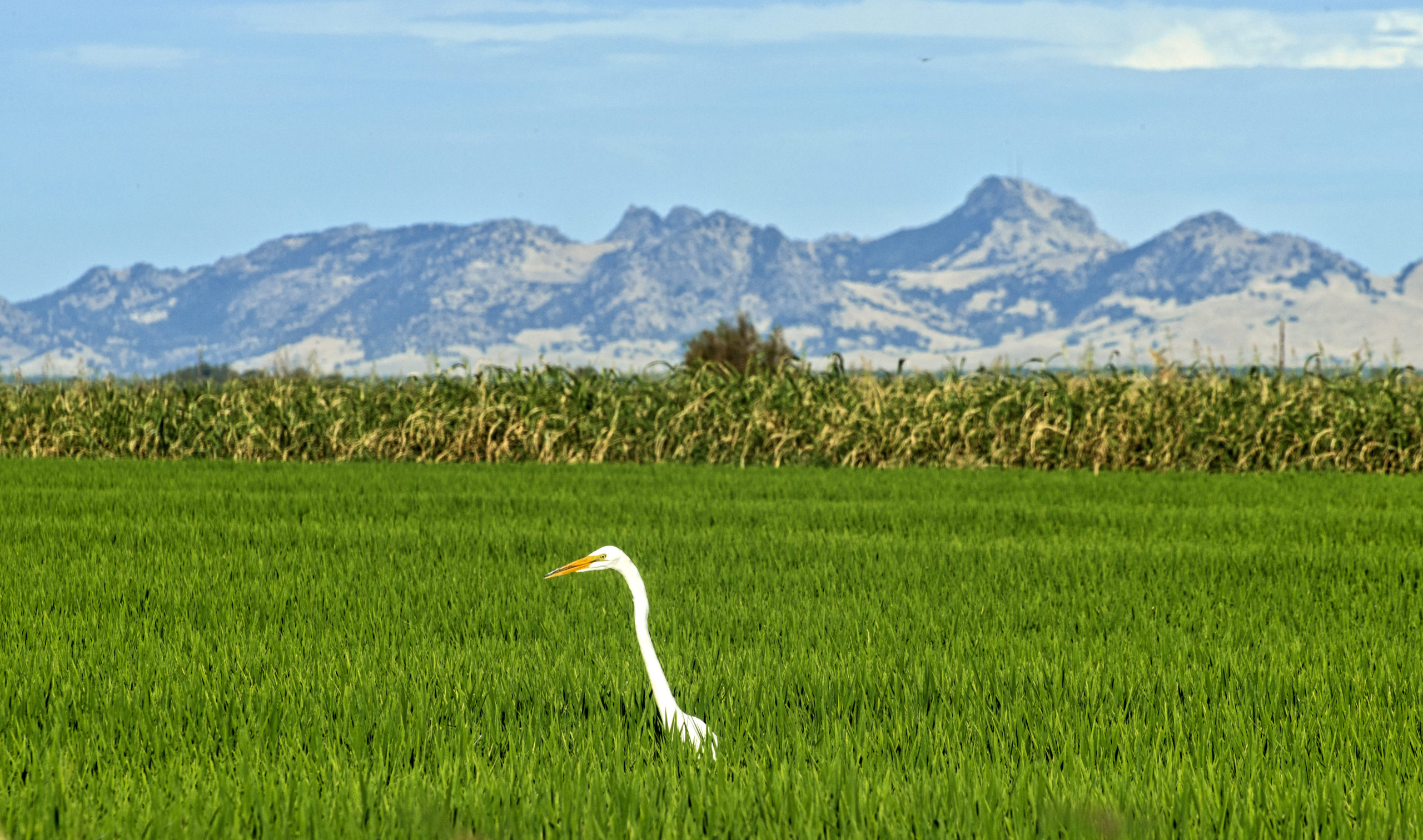
The Coordinated Rural Opportunities Plan (CROP) is funded by the Department of Conservation’s Sustainable Agricultural Lands Conservation (SALC) Program. CROP is a joint effort between the Sacramento Area Council of Governments (SACOG) and Valley Vision. CROP is the next phase of SACOG’s groundbreaking Rural-Urban Connections Strategy (RUCS) to enhance rural economies and the natural assets that drive them across the six-county Sacramento region: El Dorado, Placer, Sacramento, Sutter, Yolo, and Yuba counties.
The Coordinated Rural Opportunities Plan provides county and regional leaders the opportunity to address infrastructure investment challenges and collectively come together on solutions, including policies and investments, that will support the region’s agricultural sustainability and long-term economic health and resiliency
CROP includes a comprehensive profile of each county that identifies priority areas for infrastructure investments and programs to strengthen the region’s food and agricultural cluster. The profiles include examples of innovative models that can be leveraged across the region for shared solutions and potential resources to meet vital infrastructure needs. CROP also includes a Regional Profile that summarizes key highlights from the county profiles.
CROP Profiles
Sacramento Region CROP Profile
CROP has defined needed food and agriculture infrastructure as physical investments, policy recommendations, and promising models in four interrelated areas: water, land use and housing, transportation and broadband, and food system and governance.
Food System Infrastructure
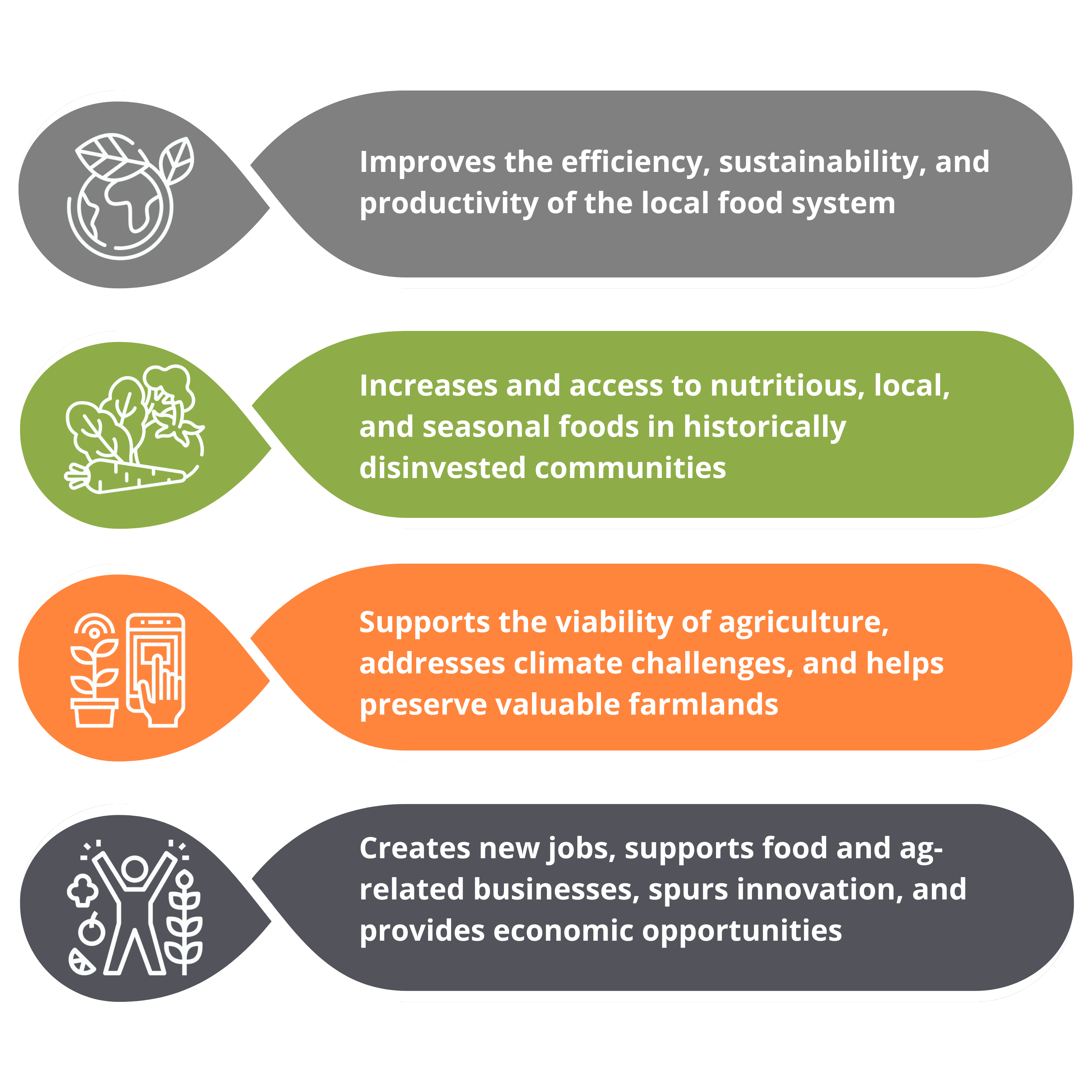
CROP Thematic Areas
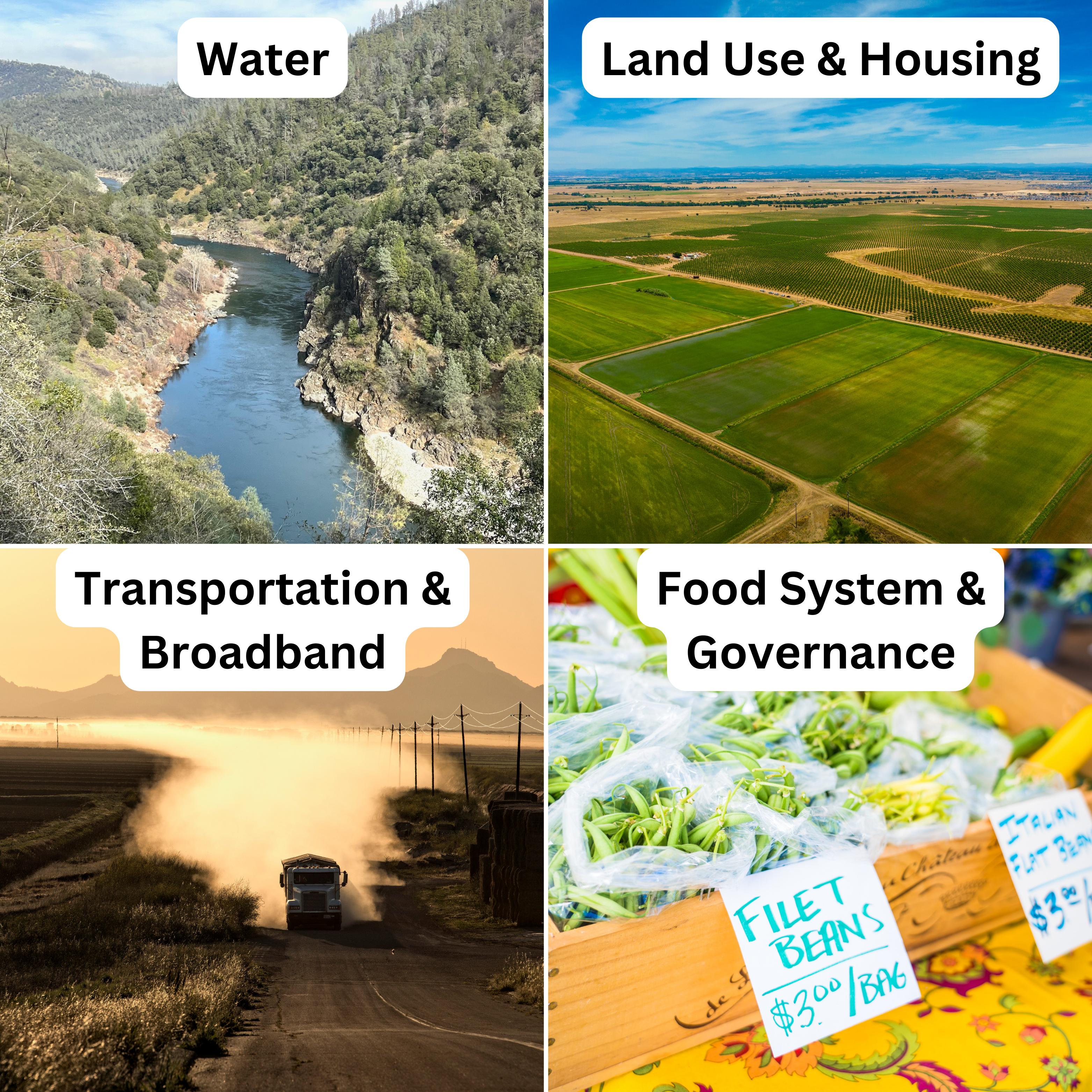
CROP Map
Collectively, the six-county region has a rich agricultural history that provides a treasured legacy for residents and a strong regional identity. CROP has shown agriculture continues to have a bright future in the region: we have some of the most productive farmland in the world, highly skilled and knowledgeable farmers, water, and climate assets, supporting institutions, and a wide diversity of high-value crops. Through these models, policy, and recommendations, CROP aims to promote public and private sector investment in infrastructure and programs that strengthen the economic, social, and environmental contributions of the region’s food system, preserving the central role agriculture plays in the future.
Background
Agriculture Has Deep Roots in the Sacramento Region
The counties of El Dorado, Placer, Sacramento, Sutter, Yolo, and Yuba have a rich history in agriculture that provides a treasured legacy for residents and a strong regional identity. As the foundation of a food and agricultural economy valued at more than $12 billion, agriculture can have a bright future given that we have some of the most productive farmland in the world, highly skilled farmers, water and climate assets, a wide diversity of high-value crops, and UC Davis, one of the world’s premier agricultural institutions.
Agriculture is an Economic Driver
The region’s Prosperity Strategy outlines a strategic framework and bridge to action for the six-county region that prioritizes our core economic initiatives, aimed at advancing a more aligned, prosperous, inclusive, and resilient Sacramento region. The Prosperity Strategy includes initiatives to support the region’s tradeable industries – groups of related industries that support economic output through exporting goods or services. These industries are critical for local prosperity because of their ability to improve productivity and bring in wealth from outside the region through competitive economic advantage.
Agriculture is the foundation of our region’s most distinct tradeable industry – the food and agriculture cluster – comprised of crop production; packaging and processing; distribution; and support industries. Together, this cluster provides more than 55,000 direct jobs, putting the Sacramento region in the top fifth of large metropolitan areas in the country when it comes to sustaining a robust agricultural economy. The supply chain that generates our food and ag economy is deep, with its own unique networks and dependent sectors. As America’s Farm-to-Fork Capital, the Sacramento Region is both fertile and productive, with $2 billion in farm gate output value, more than 7,200 farms, and more than 1.5 million acres of harvested farmland. The overall cluster has an economic impact of more than $12 billion.
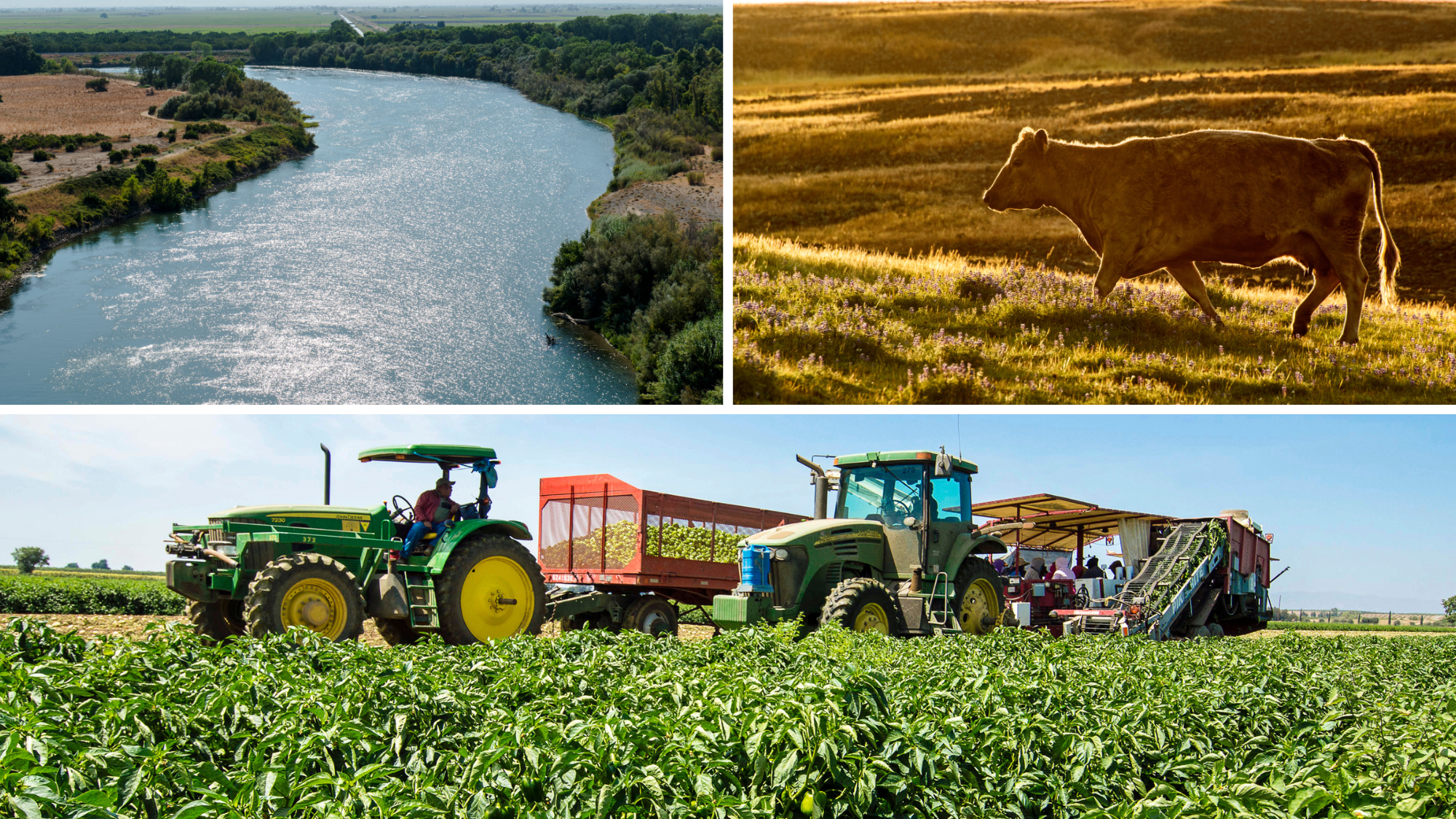
CROP is funded by the Department of Conservation’s Sustainable Agricultural Lands Conservation (SALC) Program. List of references and CROP stakeholders can be found here.
Should you have any questions, or if you want to get involved, please reach out to Grace Kaufman at Grace.Kaufman@ValleyVision.org
